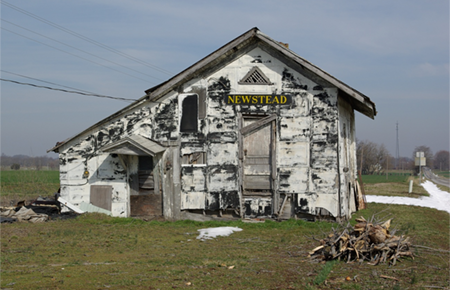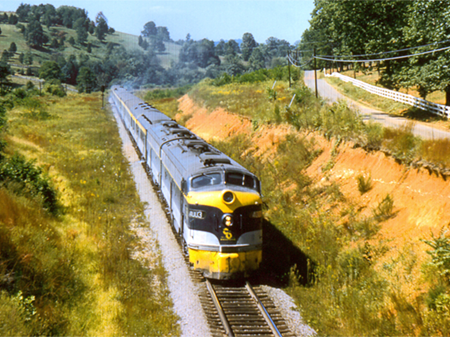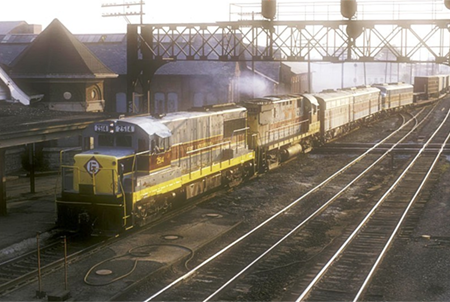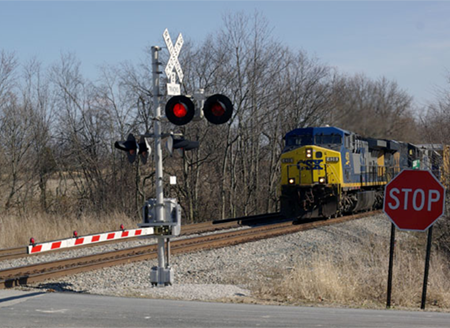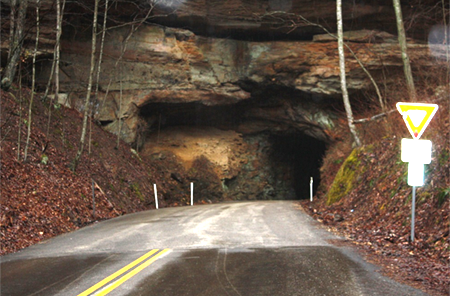by President, Rich Hane
Those of you that attended the February meeting were treated to a fine program brought to us by Bill Thomas and Dennis Carnal. It was an excellent video about the history of the Electromotive Division Geeps, their General Purpose diesel locomotives and it compared these with similar offerings from ALCO. The explanation and photography was excellent.
I saw an interesting article in the Feb. 8th issue of USA Today that described the progress that China has made in high speed rail transportation. They claim to have the fastest trains in the world and at an operating speed of 221 mph, they may have. On Dec 26th they had the grand opening of a new dedicated high speed rail line that connected the south China cities of Guangzhou and Wuhan, a distance of 664 miles. The new train can cover this distance in 3 hours for the express train compared to 10 ? hours for the previous train. Many people prefer this quiet and comfortable means of travel with less security restrictions than air travel.
The Chinese government is spending massive amounts of money to keep the economy moving and the new rail system is a point of pride for many Chinese. Last year the government spent $88 billion and now a total of 1,758 miles of high speed rail line are in place, the most in the world. The cost of building these new high-speed tracks is about $20.1 million per mile. President Obama, in contrast, promised to spend $8 billion on high speed rail in this country. Much of this will be spent on upgrading present lines to accommodate faster trains. The first radical upgrade announced is an 84 mile line between Tampa and Orlando Florida which will carry 168 mph trains. Many people are hoping that this will be an idea that catches on in other places such as the Midwest, East, and West Coasts. They would like to see much of these funds spent on true high speed rail lines instead of just the upgrading of present lines. But the reality of the situation will probably demand more affordable upgradings rather than new dedicated lines. These have shown to be successful so far, such as the Acela route in the Northeast Corridor.
One of the reasons that China is able to proceed at such a pace is that much of the country is set up for electrified rail lines whereas only a few sections of rail are electrified in this country. Also, their population density is generally far higher than is ours which makes the economics of the process much more favorable. Our trains tend to be heavier, and thus, slower, because they have to meet more strict safety standards than in some countries. This makes it more difficult to achieve the truly high speeds that are found in some countries. This seems to be a fair trade off to me, however.
The new Chinese trains even have car attendants dressed like air stewards who push snack carts down the aisles of the well lit, comfortable, and quiet cars. In the dining cars, only microwaved Chinese dishes and fast food is available but the cars are quiet and comfortable. The restrooms are far larger than on the average airplane.
China is spending large amounts on its infrastructure and this will probably pay off in the long run in more convenience, less air pollution, and a higher quality of life. China is learning from it’s experience in meeting the difficulties of construction and it is hoped that the U.S. will be able to pick the best of the new technologies from China and other countries as we head into the new world of high speed rail.
Please remember to pay your dues to Wally if you have not yet done so and I hope to see all of your smiling faces at the next meeting on March 22d at 7 pm in beautiful downtown Madisonville at the Center.

